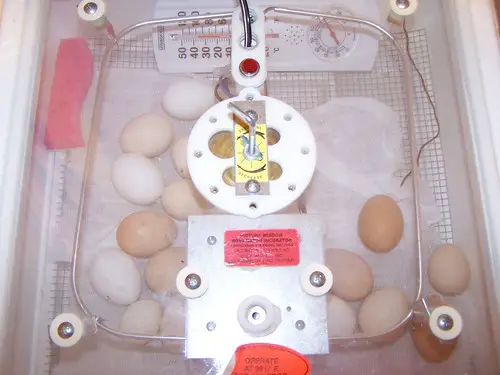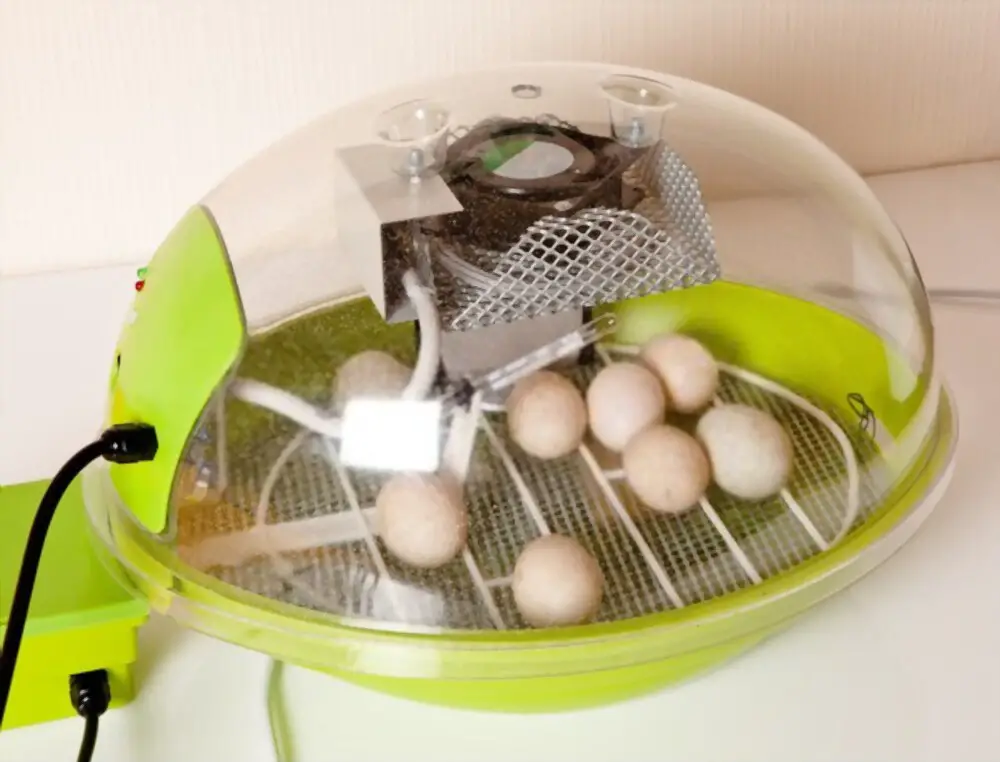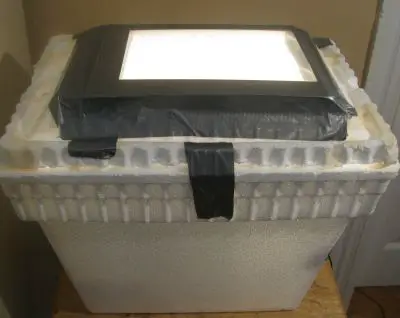Table of Contents
There are a lot of factors to consider when choosing a chicken egg incubator. If you are new to this hobby or business, then you have come to the right place. I’ll be helping you out by discussing three very important things. They are:
- Knowing how to choose the right eggs for hatching
- Familiarizing the different components you will need to have in an ideal incubator
- Understanding the two different kinds of chicken egg incubators.
So, before jumping on to getting to know the ideal incubator for your chicken eggs and the two types of incubators you can choose from, let’s discuss the best eggs you can pick out and invest your time to get them hatching. There are three basic rules you need to follow.
- Stick with the regular-sized. When you find eggs that are bigger than usual, don’t get excited! Large eggs usually have a poor tendency to hatch. Always stick with the regular-sized eggs. Similarly, skip the smaller eggs too. They tend to hatch smaller chicks. On a side note, stay away from double-yolked eggs as well. Similar to people giving birth to twins, they have high chances of experiencing complications.
- Choose eggs bred with the right compatibility. Make sure the batch of eggs you are choosing from was bred from unrelated parents. Make sure they are never inbred, such as mating a brother and sister, daughter and father, or son and mother. This usually predisposes the chicks to abnormalities, diseases, and deformities.
- Inspect the egg shells. Always make sure the eggs are clear from hairline cracks. They may seem very minute, but that will be large enough for hundreds of bacteria to go through. These germs can cause an infection within the egg and the growing embryo will die. Don’t waste your time with eggs that have cracks or very thin shells.
Now that you are able to spot good and bad eggs, let’s understand the vital features and capabilities an ideal chicken egg incubator must possess. Without one of these important capabilities, you may find it hard to hatch healthy eggs at the right time.
1. Accurate Thermometer
First of all, the thermometer should be ACCURATE. The best way of testing for an accurate thermostat is to put in two other thermometers you bought separately from the machine. Turn on the incubator and let it sit for a few minutes. After enough time, check the incubator’s thermometer and compare it with the other two thermometers. You will find it is accurate if it shows the same temperature as the other two. If there is a deviation, it should not be more than half a degree (0.5oF). If it is more than half a degree, ask for another incubator or have the thermostat replaced.
2. Air Flow / Ventilation
The second thing you need to consider is the machine’s ability to ventilate the eggs properly. You might find this unimportant, but in reality, eggs also need oxygen. The oxygen enters the encapsulated egg through the shell. The oxygen is used for developmental purposes and the waste product of carbon dioxide is eliminated through the shell. Make sure the chicken egg incubator you are looking at has adequate holes that are less likely to be obstructed when you set it up at home. There is a type of incubator that comes with a fan (forced air incubator), which facilitates ventilation. This will be discussed more in the later paragraphs.
3. Consistent Temperature
The last thing you need to consider is the ability of the egg incubator to maintain a consistent temperature. This is very important since fluctuation in temperature can cause the eggs to hatch prematurely or mess with their development and health. This will hold true if the temperature will maintain that change for an extended period of time. A fluctuation of half a degree (0.5oF) is cool. However, more than that could cause problems.
Using an incubator with electronic or digital controls will be best since it offers more control and consistency. One-click of a button will be enough to correct the temperature problems. However, they may cost more.
Types of Egg Incubators
Now that you know the different components and features of an ideal incubator, let’s us briefly describe the two basic types of egg incubators. They are different by the way they allow air passage through the incubating system, which affects the overall maintenance of temperature and ventilation.
1. Still-Air Egg Incubator
This type of incubator allows airflow through the principle of warm air rising up. As it does, it escapes the incubator. Cool air from the base of the machine enters it to replace the warm air that left and continually rises up as the cool air becomes warmer.
This form of ventilation can make the temperature fluctuate because the flow of air is not directly controlled. That is why this kind of incubator is best used when your eggs do not need intensive care until hatching. However, you will need to continually check, adjust, and maintain the temperature when using this a still-air incubator.
2. Forced-Air Egg Incubator
This kind of incubator uses a fan for ventilation. This is actually better since ventilation is controlled and consistent, which means the temperature will also be controlled and consistent. This kind of machine is used best with eggs that are very sensitive to temperature fluctuation. However, if you use this kind of incubator for chicken eggs, you will find yourself not needing to continually monitor, adjust, and maintain the temperature compared to the still-air incubator.
These are the important pieces of information you need to know about when choosing the right chicken egg incubator for your hobby or business. With enough effort, you will be able to find that ideal incubator that will work wonders for your eggs.





